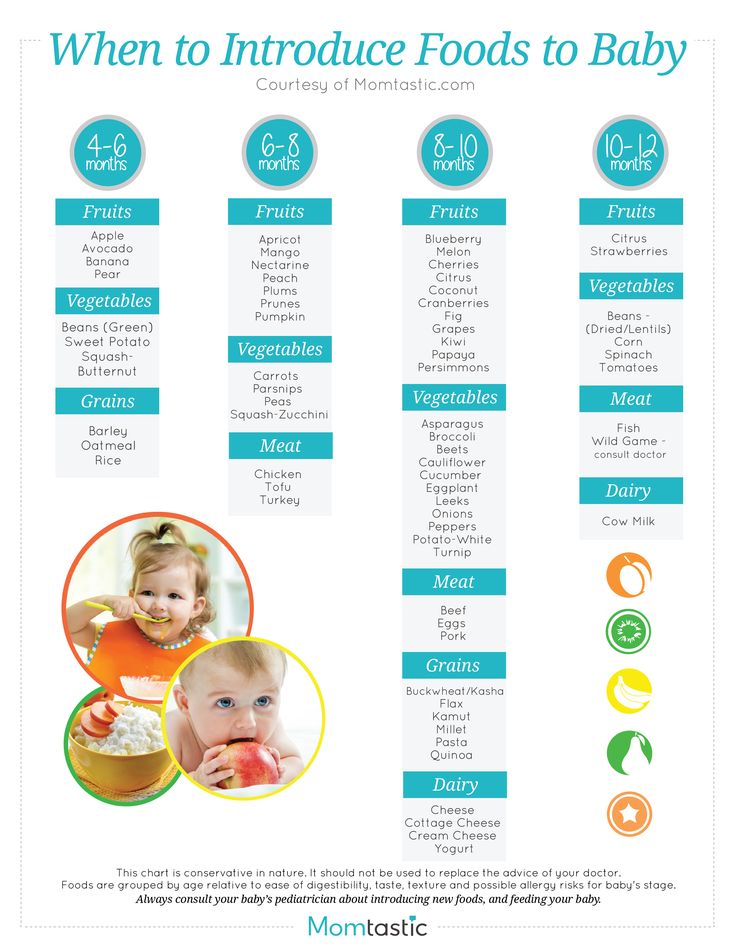How to make a child pay attention
8 Practical Pointers to Help Your Child Pay Attention
Getting kids to pay attention is hard enough. But thanks to today’s technological advances, it can become an even bigger challenge. For instance, a University of Washington study found a link between toddlers watching TV and diminished attention spans by seven years old. Another study from UCLA found that kids who used technology had less reflective thought.
Interestingly, however, they did have greater visual-spatial skills. “Technology is producing learners with a new set of cognitive strengths and weaknesses,” said Lucy Jo Palladino, Ph.D, psychologist, attention expert and author of Dreamers, Discoverers & Dynamos: How to Help the Child Who Is Bright, Bored and Having Problems in School, a guide for kids who are inventive thinkers, crave novelty and are strongly drawn to distraction.
So how do you help your child overcome their concentration weak spots? Here are eight attention-saving suggestions that can help.
1. Practice what you preach.
As Palladino said, “Children do as we do, not as we say.” In other words, if your idea of winding down is watching TV for hours while your head is buried in your smart phone, your child will probably adopt the same habits. So Palladino encouraged parents to be good role models.
2. Reward attention.
When your child interrupts your work, it’s natural to shift your focus to them. But this rewards inattentive behavior.
Instead, when they’re quietly concentrating on an activity, “especially if it’s working on a school subject [they] don’t like or find difficult,” let your child know that you recognize and appreciate their efforts, Palladino said.
3. Give them the details about dragging their feet.
Educate your kids on “what it means to procrastinate, how we all do it and what a strong force it exerts on us,” Palladino said. Teach them the difference between avoiding a task and taking a much-needed break — and how to spot their own procrastinating tactics, she said.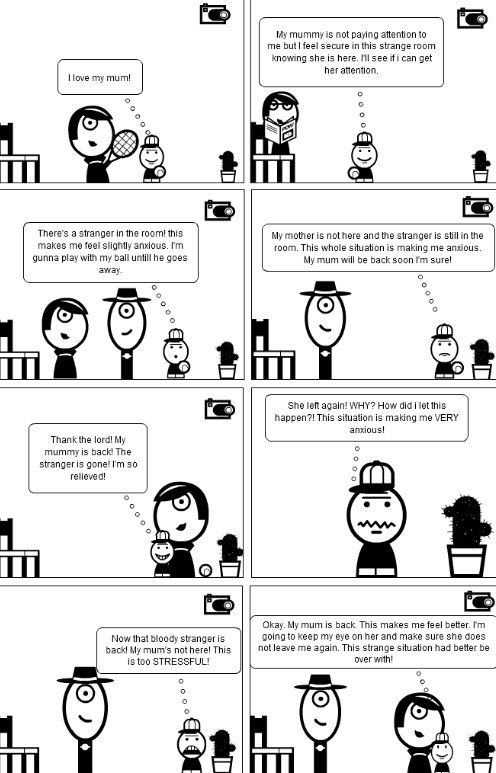
Also important is helping them uncover the roots of their procrastination, such as “unacknowledged fear of failure, disappointment and embarrassment.”
4. Teach them how to get organized.
Teach your kids “how to set reasonable goals, break them into manageable steps and keep [themselves] motivated to the end.”
Also, help them learn to “use calendars, agenda books, to-do lists, clocks and alarms,” and keep a tidy and organized workspace.
5. Help them lead a healthy lifestyle.
Anxiety, lack of nutrient-rich foods and little sleep can quickly squash attention. “For good attention, children need adequate sleep, good nutrition [and] aerobic exercise,” Palladino said.
6. Establish limits.
Avoid encouraging a technology free-for-all. Instead, monitor your child’s use of technology, “especially TV, the Internet, video games, smart phones and other handheld devices,” Palladino said.
7.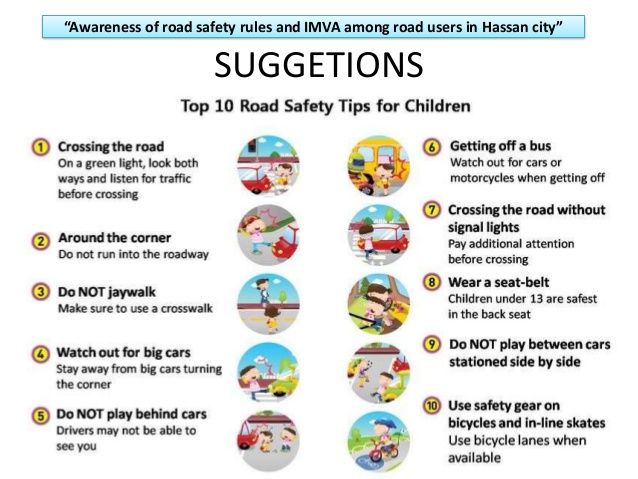 Believe in them.
Believe in them.
“It takes courage to sustain attention in a world where distraction is the popular choice,” Palladino said. “Your child’s belief in himself begins with your belief in your child.”
8. Find out if there’s an underlying reason.
Sometimes inattention is a sign of a bigger problem. Take the example of bullying, which “has moved away from the playground where it’s visible, and into texting, on-line chatting, and social networking, hidden from the eyes and ears of supervising adults,” Palladino said. Even something as seemingly small as getting de-friended on Facebook can be utterly humiliating to your child — and they might struggle to focus on their schoolwork, she said.
So “if your child is having difficulty sustaining attention, take a closer look at what’s going on, especially with her peers.” And remember that “Kids today face new problems and have new needs.”
***
You can learn more about how to help your child pay attention in Palladino’s book Find Your Focus Zone: An Effective New Plan to Defeat Distraction and Overload, which has a chapter devoted to the topic.
How to help kids focus and pay attention
It can be incredibly frustrating to call out to your child for dinner or ask them to come inside, only for your request to evaporate into thin air because they aren’t paying attention. Figuring out how to help your child focus is something many parents, nannies and babysitters struggle with. But don’t worry because this is common for young kids and there are plenty of techniques you can use to change their behavior.
“There are two lobes of the brain involved in concentration and attention — the prefrontal cortex and the parietal cortex,” says Rosina McAlpine, Ph.D., founder of Win Win Parenting. “The former is only fully developed in females during the early to mid-20s, and for males, it’s the mid to late-20s. So, while it’s frustrating for parents to feel ignored by their kids, they need to be understanding and patient and help support their child while they develop the ability to concentrate and pay attention for extended periods of time.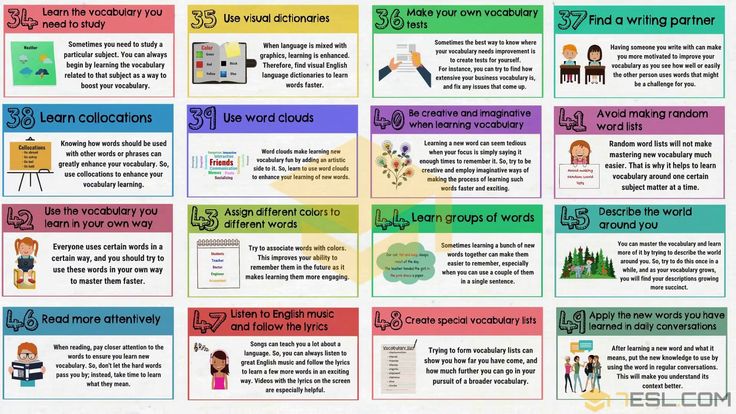 ”
”
Feeling like you’re at your wit’s end and have no clue how to teach a child to pay attention? Here are practical, expert tips and real-parent advice. A little really does go a long way.
1. Be mindful of what your child is doing
Is your child in the middle of an art project? Is she building a Lego castle? If time isn’t of the essence, you may want to put a temporary pin in your request. Most kids have some level of difficulty transitioning from one activity to the next — the main reason being they’re usually being asked to stop doing something they like doing in order to do something they need to do (and probably won’t enjoy as much). Also, keep in mind that young children lack the communication skills to explain why they don’t want to stop doing something, which often results in a child either melting down or flat-out ignoring their parents.
“If your child is completely engaged in something, ask yourself this: Do you need to speak with them right at this second, or can it wait until they are done?” says Sarah Conway, Ph. D., founder of Mindful Little Minds. “Kids don’t like being interrupted while they’re in the middle of something they enjoy any more than we do. Additionally, it’s much harder for kids to change direction when they are engaged in something, so it’s definitely not the best time to tell them to clean their room or start their homework!”
D., founder of Mindful Little Minds. “Kids don’t like being interrupted while they’re in the middle of something they enjoy any more than we do. Additionally, it’s much harder for kids to change direction when they are engaged in something, so it’s definitely not the best time to tell them to clean their room or start their homework!”
2. Don’t yell out across the room
While being a parent can sometimes feel like a juggling act akin to something you’d see at the circus, resist the temptation to skip a walk up the stairs in favor of hollering from the kitchen.
“Rather than yelling requests at your child or giving them a laundry list of things to do while standing tall above, begin with approaching them, getting on their level — squatting down if they are on the floor — and entering where they are,” says Tovah Klein, Ph.D., director of the Barnard College Toddler Center and author of “How Toddlers Thrive.” “Many children need a gentle hand on their shoulder before they can pay attention.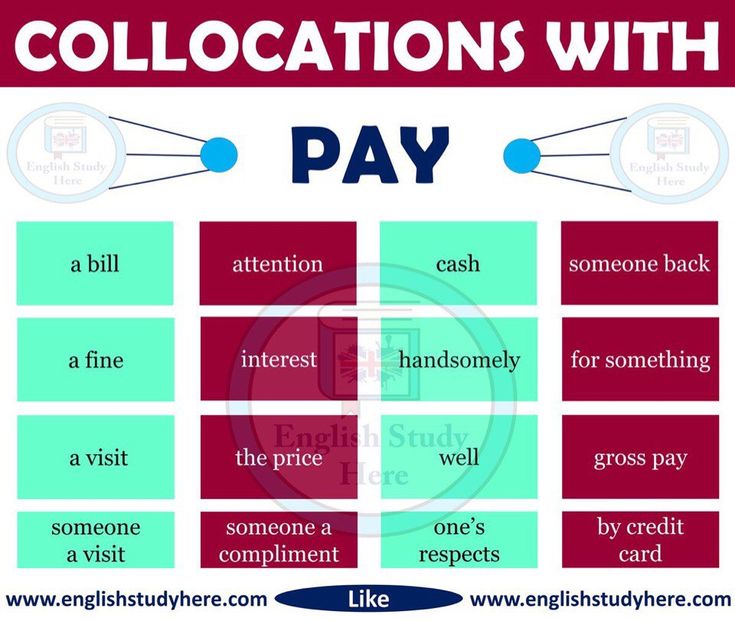 Then, when you’re on their level, offer a little empathy and then the clear request. ‘I know you don’t want to stop playing, but dinner is ready. Park your train, and I’ll help you get to the table.’ This recognizes that they need to change focus, even if they don’t want to.”
Then, when you’re on their level, offer a little empathy and then the clear request. ‘I know you don’t want to stop playing, but dinner is ready. Park your train, and I’ll help you get to the table.’ This recognizes that they need to change focus, even if they don’t want to.”
And if you have time, Conway suggests getting in on the fun with your little one before asking them to switch gears.
“Color with them for a few moments,” she says. “Play catch. Read that book together. They’ll be much more likely to listen to what you say if they feel connected to you.”
3. Explain instead of ordering around
While it may seem obvious to you why you want your child to come in for dinner or clean her room, the logic may not be apparent to them. The reason? All they hear is yet another grownup ordering them around.
“My son used to completely tune me out in the mornings when I asked him to get dressed,” says mom Maureen Sanchez, of Tampa, Florida.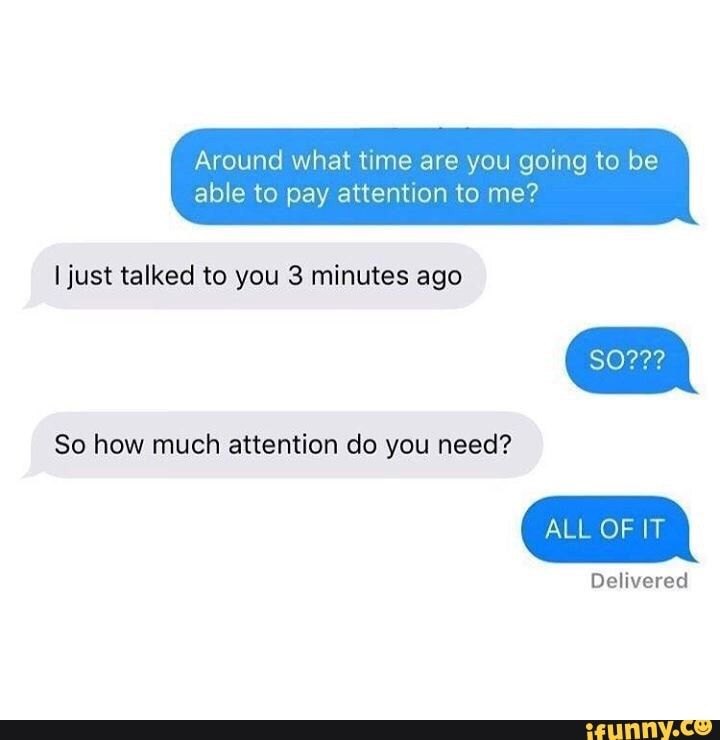 “I found myself saying the words ‘You need to get dressed’ about 100 times before school. Finally, instead of barking requests at him, I started telling him why he needed to put clothes and shoes on before going to school. I’d explain to him that it was too cold to go out in his pajamas or that he’d hurt his feet on the sidewalk if he didn’t put on shoes. He started getting dressed almost immediately.”
“I found myself saying the words ‘You need to get dressed’ about 100 times before school. Finally, instead of barking requests at him, I started telling him why he needed to put clothes and shoes on before going to school. I’d explain to him that it was too cold to go out in his pajamas or that he’d hurt his feet on the sidewalk if he didn’t put on shoes. He started getting dressed almost immediately.”
4. Use your child’s interests
Another tool for teaching kids to pay attention? Speak their language.
“Your child’s interests are a great motivator,” says Conway. “There’s no reason they can’t continue their play while they do what you need them to do. Were they busy playing a superhero game? Ask them if they can use their super powers to fly into the bathroom to brush their teeth. Were they reading a dinosaur book? Have them stomp and roar into the kitchen to get those dishes done.”
5. Use a sand timer
If you’re working to get your child to sit and concentrate on tasks for longer periods of time, try using an actual timer.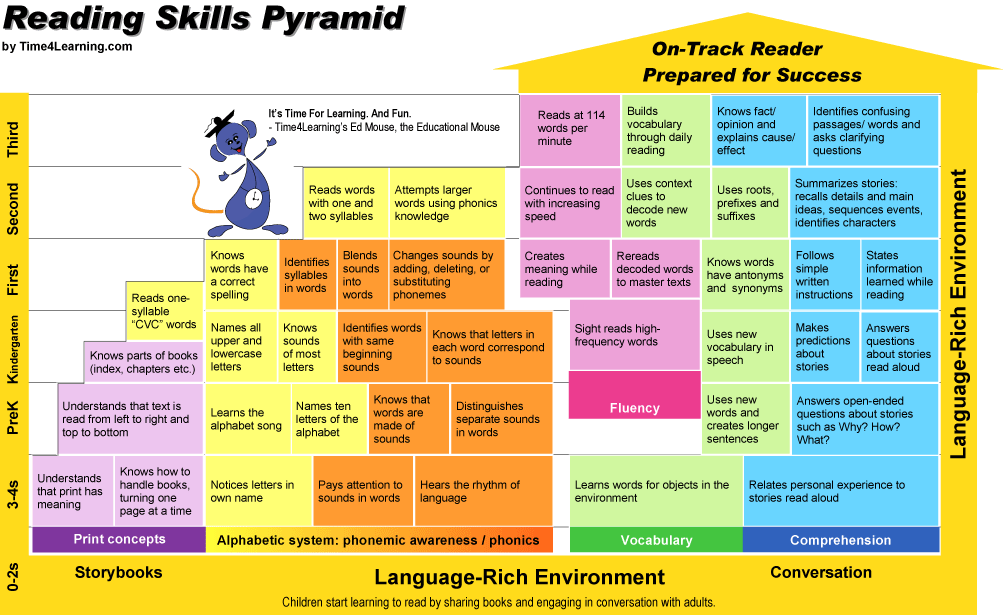 Children, who are concrete thinkers, have a hard time fully understanding abstract concepts (such as time) until about age 11. So having something they can actually see and touch can be helpful.
Children, who are concrete thinkers, have a hard time fully understanding abstract concepts (such as time) until about age 11. So having something they can actually see and touch can be helpful.
“Most children don’t have a sense of time,” says McAlpine. “So having a set of sand hour glasses as timers for five, 10, 15, 20 and 30 minutes can be a great way to help children develop their attention muscle as they start to visually see the concept of time.”
McAlpine suggests setting up an activity and starting with the five-minute sand timer. Once your child is able to easily focus on the activity for five minutes, move to the next timer.
“You can do this for preschool children right through to teen years with their homework assignment,” she says. “Keep in mind, though, some children are naturally able to stay on task longer than others, and the more you consistently practice this technique, the more progress you’ll see in your child.”
6.
 Create the right environment
Create the right environmentJust as you wouldn’t be able to crack open “War and Peace” in a nightclub, your child isn’t going to be able to focus on something when it’s noisy and chaotic and there are distractions present.
“Having an environment conducive to concentration is key — particularly when kids are doing homework,” says McAlpine. “Make sure your child has a space that’s quiet, clean and that there aren’t any iPhones, tablets or video games present.”
“Getting a desk for my daughter’s bedroom was one of the best decisions our family ever made,” says mom Courtney Alderson, of Westfield, New Jersey. “She used to try to do her second-grade homework and reading at the kitchen table while the dog barked and her little sister noisily bounced around. It almost always ended in tears.”
7. Help them regulate their emotions
Are you razor-sharp at work when you’re upset or nervous? Of course not. But, as an adult, you have the tools to mitigate uncomfortable feelings in order to get things done. This doesn’t necessarily come naturally for kids.
This doesn’t necessarily come naturally for kids.
“Children who can identify and regulate their emotions are more able to focus their attention,” says McAlpine. “If a child is angry, anxious or upset, they will not be able to focus on their work.”
How can you teach your child to recognize and take on their often-confusing feelings? McAlpine suggests showing children deep breathing techniques, as well as teaching them positive self-talk.
“Giving your child go-to phrases such as ‘I’m OK,’ ‘Everything will be alright,’ ‘I just need to give it a shot’ and ‘I can get help’ are all positive ways children can regulate their emotions, and it will help focus their attention back to the task at hand,” she says.
8. Give a heads up, and involve them in the transition
Few people like to be caught off-guard — especially when there’s not a fun surprise on the other end — and that goes double for little ones.
“For kids who seem to ignore instructions, a heads-up can be helpful before you need them to actually pay attention,” says Klein.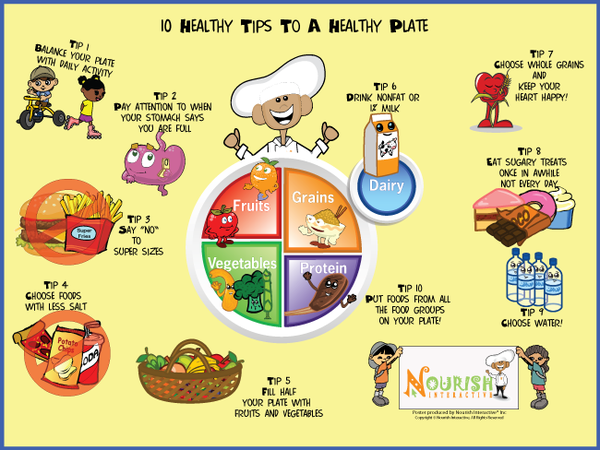 “Even though young kids have a poor sense of time, letting them know that ‘in two minutes,’ it will be time to get in the bath will give them a sense of what will be happening.”
“Even though young kids have a poor sense of time, letting them know that ‘in two minutes,’ it will be time to get in the bath will give them a sense of what will be happening.”
Then, make them a part of the transition to the next activity, Klein suggests.
“They can run with you to the bathtub, play ‘throw your clothes high and into the hamper’ and pick which bath toy gets dropped in the bath first,” she says. “All of these hands-on, engaging activities will help keep them focused on what needs to be done.”
9. Limit screen time
Sure, TV and video games can offer parents a much-needed break from sibling squabbles and choruses of “I’m bored,” but in the end, screen time seems to only affect children’s attention spans for the worse. A 2019 study found that kids 5 and under who spent two hours or more on a screen were 7.7 times more likely to be diagnosed with attention deficit hyperactivity disorder (ADHD).
And this certainly isn’t the first study of it’s kind. In 2018, another study found that teens who frequently used smartphones and mobile apps were twice as likely to have behavioral problems, as well as signs of ADHD.
In 2018, another study found that teens who frequently used smartphones and mobile apps were twice as likely to have behavioral problems, as well as signs of ADHD.
The Mayo Clinic advises forgoing media altogether (except for video chatting) for kids between the ages of 18 to 24 months. For children between the ages of 2 to 5 years, screen time should be limited to one hour of “high-quality” programming. (In other words, no YouTube videos of kids unwrapping toys.)
When it comes to older kids, it’s up to parents to decide how much screen time is right for their child, but limits should be set. Parents can place restrictions on screen time by doing the following:
-
Have tech-free zones or times in the house.
-
Encourage unstructured playtime.
-
Have children charge their phones out of their bedrooms at night.
-
Eliminate background TV.
-
Limit your own screen time.

10. Have a sense of humor
Need we even tell you? Having a sense of humor is key when you’re a parent, and it can help get your child to pay attention to boot.
“The ability to laugh and be silly is a gift to moms and dads,” says Klein. “The next time your child seems to be tuning you out when you ask her to wash up, get creative. Rather than yelling and making the same request over and over, maybe look into space and say, ‘I think this little girl really does not want to take her bath. I may just have to take it for her!’ This kind of lightness grabs the attention of most children and changes the whole vibe.”
Games to attract the attention of a child 1-3 years old
Games with surprises contain bright moments that attract and hold the child's attention. These games help to establish visual-emotional contact with him, contribute to the accumulation of pleasant positive sensations in him, develop interest in people and objects, activate, relieve anxiety and tightness.
Stay next to or in front of your child during play so that they can see you. Try to be on the same visual level with him: squat down or sit on the floor. When communicating with your child, look at him affectionately, meet his eyes, maintain your eye contact, smile affably. nine0003
Eye to eye
Eye to eye contact between you and your child will help build mutual understanding and a warm, loving relationship. Catch the child's eye and look into his eyes. When the baby looks away, meet his eyes again, wink at him, smile, call him over to hug or show him some interesting toy.
Funny outfits
Prepare a variety of, preferably fake clothes and items: large hats, colorful ties, funny glasses, colorful scarves, nylon ribbons, etc. Sit with your child opposite each other, dress up and look at each other. Show your child his reflection in a large mirror. nine0003
Funny Faces
Give your child funny faces: smile big, wrinkle your nose, raise your eyebrows, puff up and slap your cheeks, wink one eye, then the other, blink your eyes, pull yourself up .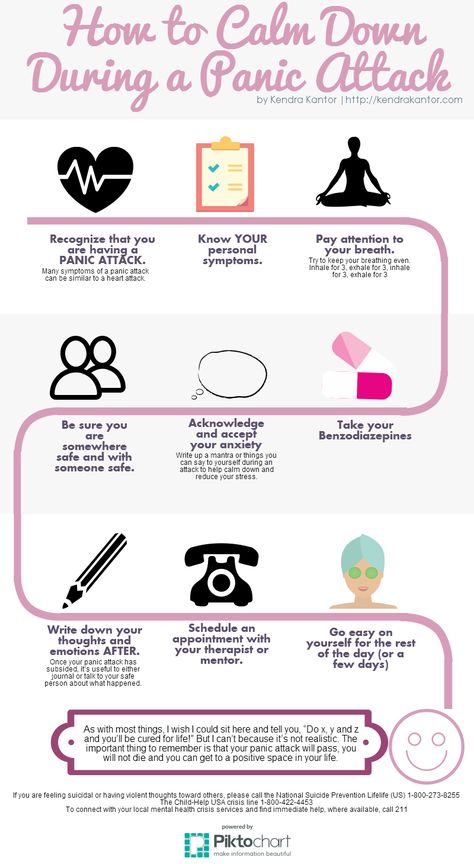 P. Accompany your actions with funny sounds: clattering, clicking teeth, whistling, grunting, groaning, etc.
P. Accompany your actions with funny sounds: clattering, clicking teeth, whistling, grunting, groaning, etc.
In front of a mirror
Stand with your child in front of a mirror, examine yourself and each other. Show your child where your reflection is and where his reflection is. Together, find the nose, mouth, hair, arms, legs of the "mirror" baby. nine0041
Masks
Make cardboard animal masks with your child. Put the first mask on your face and try to get into character. If it's a bear mask, walk like a bear. Change the mask and portray a new hero.
Grimm
Apply face painting to your face or hands with a regular brush. To do this, you need to buy special paints or make them yourself: in a glass, mix 3 tablespoons of starch, 1 ½ teaspoons of water, 1½ teaspoons of cream. Divide the resulting mass into different jars and drop 1 drop of food coloring into them.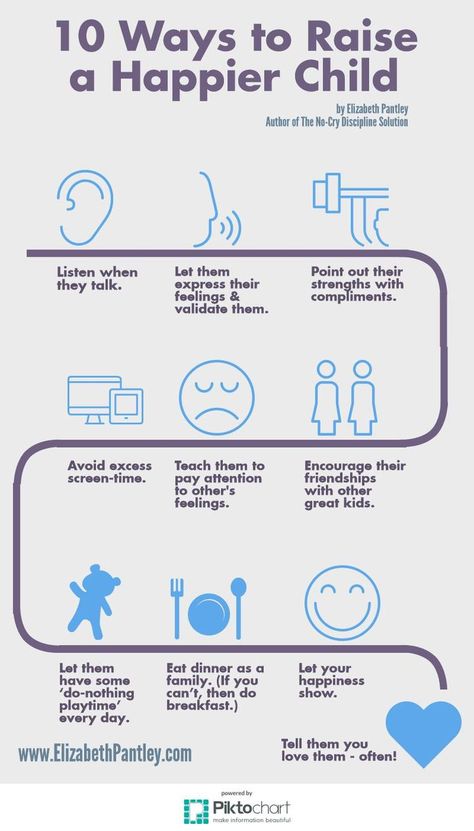 Perform in front of the child in a new unusual role. nine0041
Perform in front of the child in a new unusual role. nine0041
Music box
If you have a music box or a postcard at home, show your child how to make sounds out of them.
Mitten toy
Put the cute animal mitt on your hand. Let the hero say hello to your baby, introduce himself, tell a little about himself, ask simple questions: “Where is mom?”, “Where is the clock?”, “What is your name?” etc. nine0041
Squeaky toy
Show your baby a squeaky toy and make a sound with it. And then move the toy in different directions (towards your head, on your shoulder, behind your back) and squeak with it. The kid will follow your actions with interest. The toy can then switch to exploring your little one.
Flying bee
Take a stuffed bee. Show it to your child. The bee will “fly” and land on your head, arm, shoulder, leg, stomach.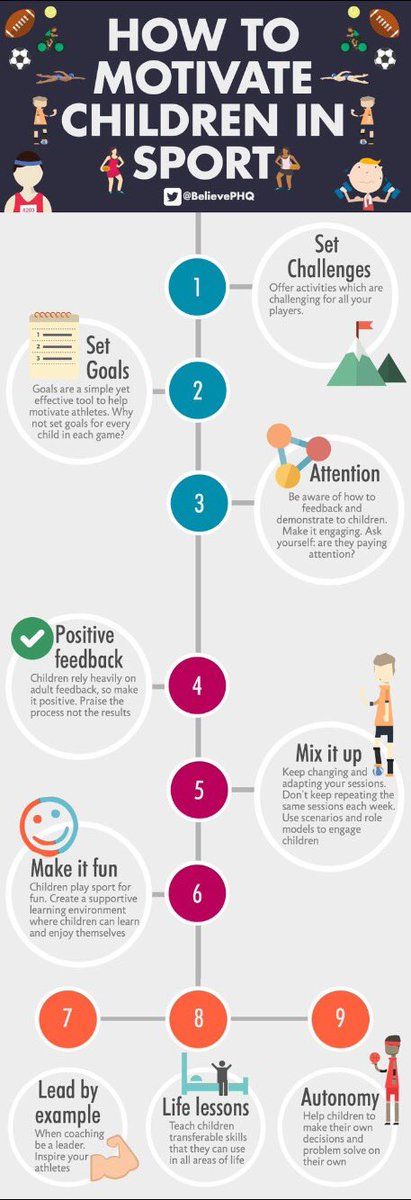 Sometimes a bee can hide behind your back and reappear. When the baby begins to lose interest in this fun - let the bee land on his head, ear, nose, etc. nine0041
Sometimes a bee can hide behind your back and reappear. When the baby begins to lose interest in this fun - let the bee land on his head, ear, nose, etc. nine0041
Spinning top or pinwheel
Spin the top or spinner in front of your child. If the top is musical, it will be interesting for him not only to follow her with his eyes, but also to listen to her sound.
Soap bubbles
The child will be happy to follow the flight of soap bubbles and most likely wants to catch them. And you can step on the fallen soap bubbles with your feet.
nine0003
Colorful water
Place 5-6 clear glasses or bottles of water in front of your child. Add a teaspoon of gouache paint to each vessel, mix. The child will watch with interest the coloring of the water.
Balloon
Inflate a small balloon and rub it against wool, fur or your hair.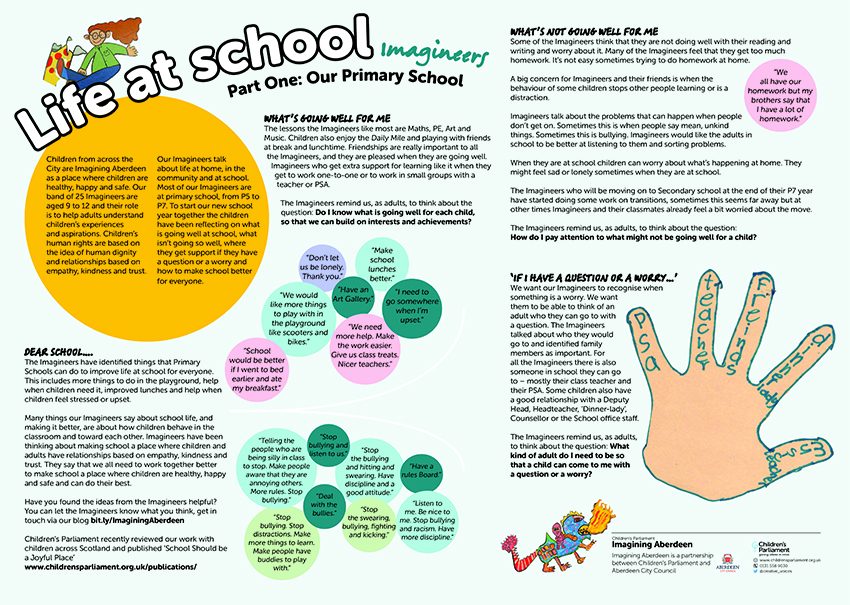 The ball will begin to stick to the ceiling, cabinets, the wall, and even the child. nine0041
The ball will begin to stick to the ceiling, cabinets, the wall, and even the child. nine0041
Candle
Fire has always attracted people's attention. Strengthen a large wide candle well and light it for the child. Watch the flames. Then invite the child to blow out the candle together and look at the smoke.
Magnets
Place various metal objects or magnets in front of the child, possibly with letters. Show your baby how all these items will instantly stick to a large magnet. Then release the magnet from the toys and repeat the experiment. nine0041
Juggling
Take two or three small balls or rings and show your child how to juggle them.
Air juggling
"Juggle" one or two balloons: throw them up and catch them, try not to let them fall to the floor. Let the kid help you.
Head cup
Show your baby the cup and then place it on your head.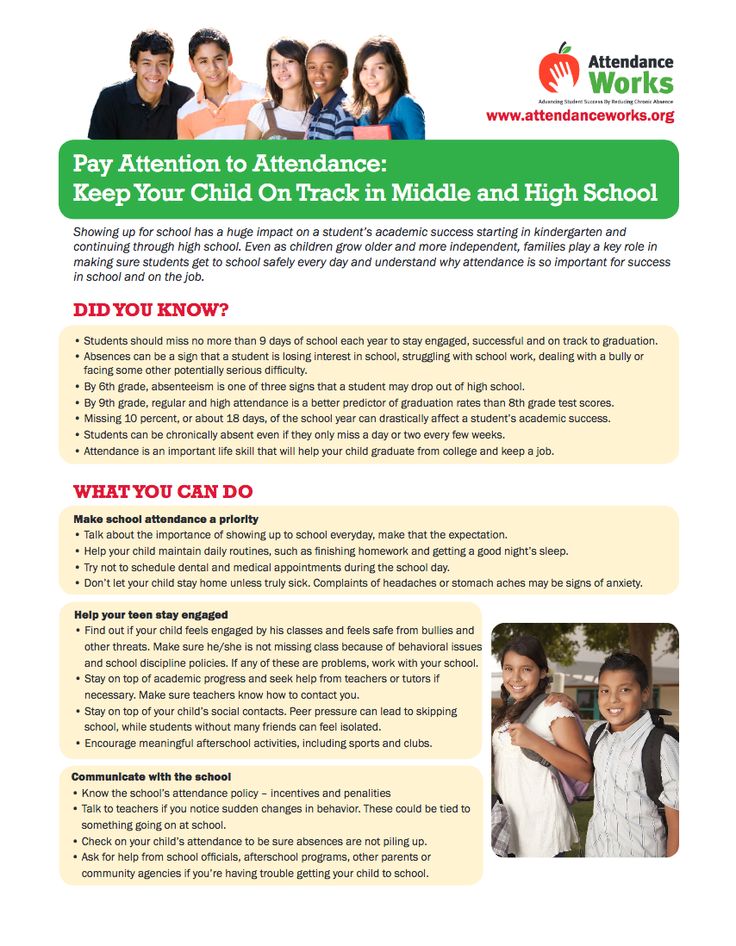 Talk to the child as if nothing had happened, and then "accidentally" shake your head - the glass will fall to the floor. Repeat the game several times.
Talk to the child as if nothing had happened, and then "accidentally" shake your head - the glass will fall to the floor. Repeat the game several times.
Once and gone
Place an interesting toy on the table in front of your child. Reach out your hand, quickly take the toy and hide it under the table. While the baby is looking for a toy, quietly return the loss to its place and inform the baby about it. Repeat the game several times. nine0041
One toy, two toy
Take a squeaky toy in two hands. Show your child one toy, make a sound with it, and quickly hide the toy behind your back. Now show the child another toy, squeak it and also hide it behind your back. Thus, show the child one toy, then another alternately. Then you can make the game a little more difficult by showing him the same toy several times.
nine0003
Toy box
Place the toy box in front of your baby.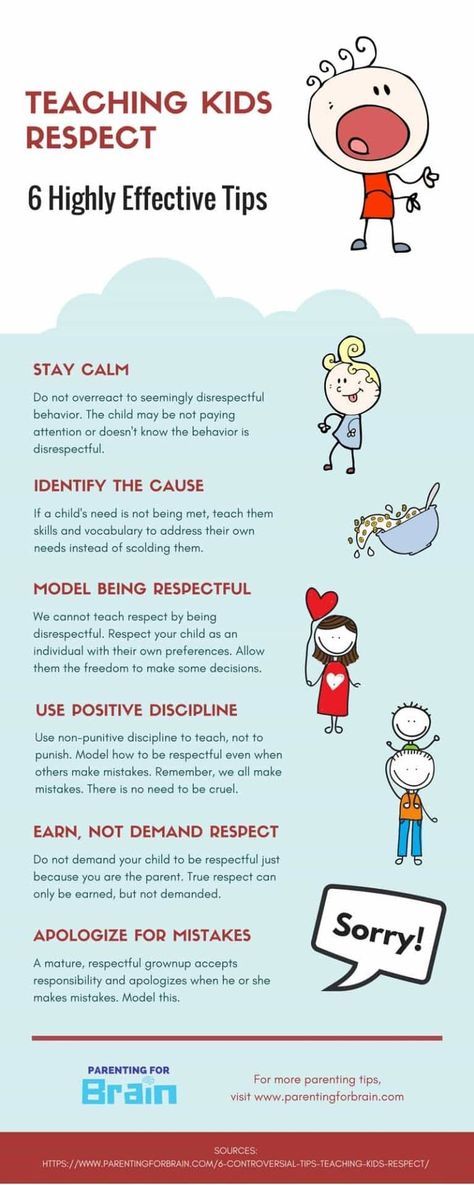 Get one toy out of it, name it and immediately put it back. Then show the next one, name it and hide it again. Thus, show the baby in turn all the toys. If these are animal toys, they can be called with the help of onomatopoeia “meow”, “woof”, “ko-ko”, etc.
Get one toy out of it, name it and immediately put it back. Then show the next one, name it and hide it again. Thus, show the baby in turn all the toys. If these are animal toys, they can be called with the help of onomatopoeia “meow”, “woof”, “ko-ko”, etc.
Handkerchief jar
Put a lot of sheer shawls, pieces of tulle, etc. into a jar. Take them out one by one and throw them up. It will be great if scarves fall on your baby. Connect to a fun spreading and a child.
Use of toys
Put various items in the bag: spoon, pencil, towel, pantyhose, baby rake, plastic cup, skittle, book, etc. Tell your child that you have something for him. Take out the spoon and say that this is a mirror and you need to look into it (“look” into the spoon). You need to comb your hair with a pencil (comb your hair). Towel - can be a headscarf or an apron, tights, on the contrary, a towel. A children's rake will replace a fork, a cup will become a hat, a skittle will become a hammer, and a book will become a high chair.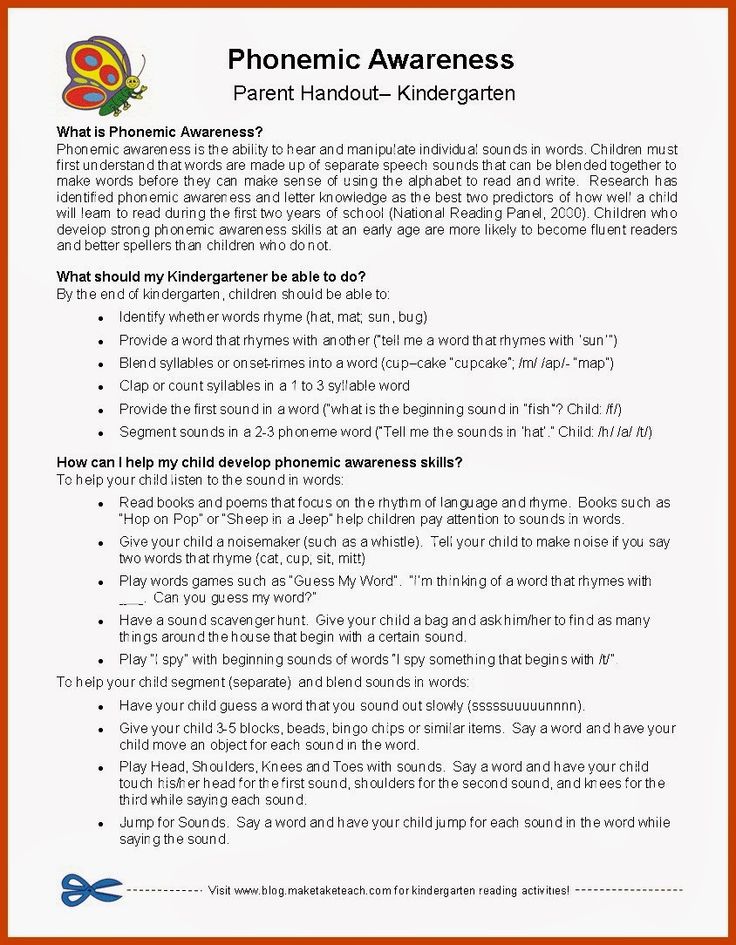 nine0041
nine0041
Find a toy
Show your baby a small toy and hide it in your clothes: in your sleeve, in your pocket, inside your bosom, etc. Invite the child to find a toy.
Where is mother?
Cover your head with a transparent scarf and ask the baby: “Where is mom?”. The kid will be happy to find you under the scarf. Repeat the game several times, and then hide the baby under the scarf. nine0041
Ku-ku
Now hide, then appear from different sides because of a book, a towel, a curtain, a door, etc. Accompany your game with the words: "Ku-ku, ku-ku."
In which hand
Show your baby a small toy and then hide it in one hand. Ask the baby: “Which hand is the toy in?”
Three cups
Put three plastic cups in front of the baby, hide a small ball or any other small toy under one of them.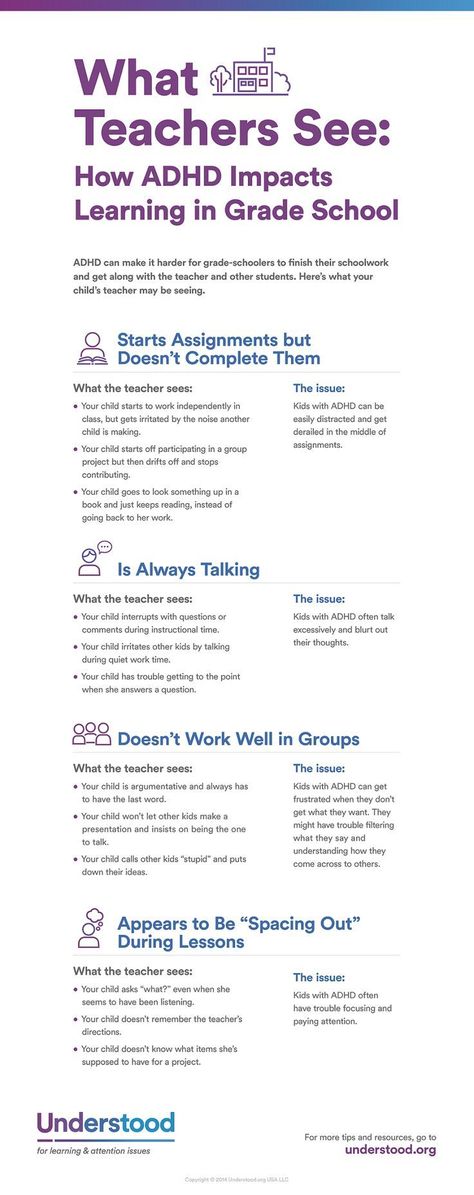 Move the glasses a few times and ask the baby to find where the toy is hidden.
Move the glasses a few times and ask the baby to find where the toy is hidden.
Ball in the tunnel
Take a wide tube 50 cm long. Put a ball in it and roll it back and forth. Sometimes let the ball fall out by accident and fall to the floor. You can make a tunnel out of a chair and roll a ball under them. nine0041
Performance
You can make a homemade screen for the performance. Take two or three toys and play a theatrical performance with them: let the toys say hello, get to know each other, play, catch up, sleep, eat, etc.
Author: Daria Koldina
The child does not listen. How to attract attention?
home
Parents nine0003
How to raise a child?
The child is not listening. How to attract attention?
- Tags:
- Expert advice
- 1-3 years
- 3-7 years
- 7-12 years
All parents more or less often face the fact that the child pretends not to hear how they are addressed. He does not respond to requests, shouts or persuasion, continuing to do his job. How to behave in such a situation? nine0003
He does not respond to requests, shouts or persuasion, continuing to do his job. How to behave in such a situation? nine0003
First of all, you need to understand that he really can not hear you. Unlike adults who are used to doing several things at the same time, a child needs some time to switch to another activity, to hear and understand what parents are saying. This ability to concentrate on an interesting matter is very useful for the development of the baby. When you see that the child is carried away, try not to get annoyed. Your words remain unanswered simply because they do not reach his consciousness, he does not perceive them as addressed to himself. nine0003
Often in playgrounds, parents can be heard continuously giving instructions that the children do not pay attention to. There are several simple ways to convey your request to the child.
- It is useless to communicate with a child at a distance, even if you have a loud voice. Come closer.
Touch the child before speaking.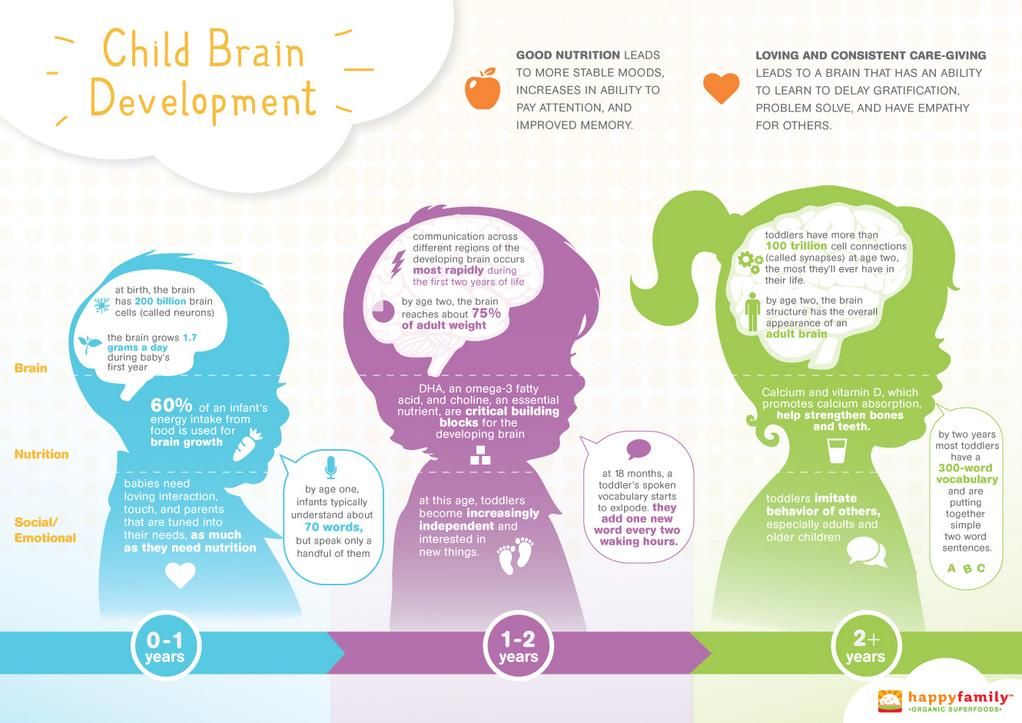 Physical contact is more likely to get his attention than words.
Physical contact is more likely to get his attention than words.
- Sit down to be at the same level with the child. That way, you'll be more likely to get his attention. nine0041 - Make eye contact.
When you need to convey something important to him, it is better to combine 2-4 points. Squat down in front of him, put your arms around his shoulders, look into his eyes, and only after that make a request.
Do not repeat the same thing over and over again. Especially avoid phrases like "I told someone", "Don't do this", "Listen to me" and similar expressions. If you need to instruct a child, try to be laconic. nine0003
Say a meaningful word to attract a child. Some children respond best to their own name. Someone will become more attentive if they hear the pleasant words “chocolate”, “gift”, “holiday”. Surely the child will react if you talk about an interesting topic that captivates him. For example, instead of “Go to dinner! How much can I call you! say: "I made a real pirate dish today. " And when the child becomes interested, starts asking questions - invite him to the kitchen.
" And when the child becomes interested, starts asking questions - invite him to the kitchen.
Try to speak in a calm voice. Many children have a filter for swearing and negative emotions, protecting them from irritable adults. Of course, sometimes the child reacts to your cry, but check - maybe he will respond even better to a whisper? But this only works if the baby is not focused on his lesson.
Choose an object that makes a sound (for example, a bell) and agree with the child that the ringing of the bell means that you want to communicate something important. nine0003
It often happens that it is easier to involve a child in some business for company. For example, you call him to the table, but he does not respond. But it is worth calling someone else from your relatives, as the child jumps up with a cry of “I am with you!”. Children seem to listen better and more attentively to what other people are saying. Sometimes this can be used.
Consider whether what you are saying makes sense.

